The Political Weaponization of Medicine, Part III: Medicalizing Gun Control
The CDC’s Injudicious Voyeurism into Gun Control: A Case Study in Politically Partisan Healthcare Adventurism
The Political Weaponization of the Medicine Full Article
The Political Weaponization of Medicine Part I: Introduction
The Political Weaponization of Medicine, Part II: Activists First, Doctors Second
The Political Weaponization of Medicine, Part IV: Medicalizing Racism
The Political Weaponization of Medicine, Part V: Medicalizing Climate Change
The Political Weaponization of Medicine, Part VI: Unmitigated Academic Insanity
Few issues demonstrate the medical community’s instinct to dive into partisan issues like gun control.
To be clear, the specter of partisan politicking by what are supposed to be politically neutral institutions is a blatant violation of their non-partisan character which at minimum destroys public confidence in their impartiality and their ability to objectively analyze scientific information or issue health guidance.
Gun control is uniquely predisposed to being (deceptively) portrayed as a medical matter, because getting shot causes physical injury, and because of psychological trauma is often a side effect of exposure to gun violence.
Nevertheless, gun control has nothing to do with medicine, and medical professionals have no more knowledge or expertise than anyone else (and probably are more ignorant than most) to make such policies. Doctors are not trained to calculate the benefit of social policies, the need for pressures and incentives to keep government officials in check, the moral basis of individual rights, among a myriad assortment of other relevant factors.
And what about the lives and property saved or severe bodily injury prevented by firearms used in self-defense? This is a pretty elementary consideration, yet it is practically never discussed. The research here would probably shock you (and would definitely shock the doc) - the (realistic) low end is somewhere in the ballpark of 760,000 “Defensive Gun Use” (DGU) events annually1.2 (A DGU is an incident where someone uses a gun to ward off a potential threat, which most of the time merely involves displaying it, not firing it.) The seminal 1993 National Self-Defense Survey (NSDS) actually estimated 2.2-2.5 million annual DGU’s (!!).
Another consideration is that the CDC, like all federal agencies, perennially complains that it lacks the adequate funding to fulfill its myriad mandates, especially pandemic preparedness. So you’d think that the CDC might be triaging money to its core missions instead of dallying about in excess issues that have no relevance to communicable pathogens - like gun control.
Senator Tom Coburn famously released a report in 2007 on the pathetic state of affairs at the CDC, entitled “CDC OFF CENTER” (it’s rather entertaining):
It is very simple really: You go to the doctor if you are shot. You don’t go to the doctor to advise you on which gun policy to vote for.
If there is an appropriate application of a “wall of separation” between social institutions, it is between healthcare and politics.
The CDC’s Gun Control Misfire of 1993
All the way back in 1993, the CDC chose to publish a study entitled “Gun ownership as a risk factor for homicide in the home”:
The CDC’s mission is to “control” or “prevent” “communicable diseases”. They have no mandate (before 2018 anyway) to evaluate issues without a pathogenic basis such as gun violence3.4 Nevertheless, the CDC thought it would be a good idea to add gun violence to their constantly expanding portfolio of biological menaces (real or imagined) to declare war on, culminating in the above-mentioned study.
Fortunately, back then there still existed a basic sensitivity in society that gun control was not the sort of “disease” imagined by the Public Health Service Act of 1943 that organized the progenitor agency that ultimately became the CDC, or any of the subsequent Acts of Congress that revised or added to its portfolio. The ensuing public pushback resulted in the Dickey Amendment attached to the 1996 omnibus spending bill (omnibus… same old Congress5), which stated (page 245):
The medical community did not take kindly to this Congressional rebuke for overstepping their bounds. Nor were they shy about expressing their frustrations year after year:
There are few things as “non-partisan” as *condemning* the position of an organization that represents the approximate views of half the country on a hot-button issue.
“Condemns”
This is extremely aggressive and overwrought language. Do you really think that such people can be remotely objective when it comes to public policy? Or that they don’t have significant ulterior objectives that they might be aiming to achieve if a public health emergency gave rise to an opportunity to do so?
Ultimately, the Dickey amendment was functionally neutered in 2018 in a different Omnibus package.
Of real concern though is that it is unclear to what extent the CDC actually complied with the amendment, or if they complied at all. It is is no trifling matter when the CDC ignores a direct Congressional statute. And this isn’t just an issue of acting partisan, it’s blatantly illegal and suggests that the medical agencies see themselves as an elite aristocracy above the law.
Which makes the following study - conducted in 2015 - a bit… worrisome (emphasis mine):
The Data Dilemma: How Delaware is Responding to the CDC's Recommendations on Gun Violence
This was while the CDC was statutorily instructed to be out of the business of researching gun violence.
Here’s how the study describes the CDC’s involvement:
So the CDC:
Conducted a study on gun violence. Not just any old study, but a “groundbreaking” study.
Issued recommendations to combat gun violence, including the “creation of a predictive analytical [surveillance] tool that would help social service providers determine who is most likely […] to engage in gun violence”;
that was ultimately rejected in part because of “ethical concerns”
This one study is probably worth its own substack to properly flesh out. It is more than a little disturbing that the CDC recommended a revolutionary and transformational “analytical tool” portrayed like something straight out of a dystopian horror set in a 1984-esque future. That the state of Delaware rejected the CDC’s recommendation on the grounds of its being ethically questionable (that’s putting it rather mildly) underscores the magnitude of the CDC’s actions here.
Whatever the utility or ethical considerations, the CDC has no business being involved in crafting controversial social policies, let alone something this consequential and ethically dubious.
Not just the CDC
The CDC was hardly the only crusading gun control zealot in the medical community.
In 2017, JAMA Oncology - yes, you read that right, *ONCOLOGY* - published a paper Death by Gun Violence - A Public Health Crisis. Whatever tenuous connection might exist between a general mandate to advance Public Health and gun violence, it is surely absent from the discipline of oncology. I suppose that it is possible that considering this was a group effort by 11 JAMA publication editors and the Chief, it could be they simply picked Oncology out of a hat:
This academician murderers row is as impressive as it is perverse. The fact that the editors of 11 separate JAMA publications along with the JAMA Editor in Chief coauthored what is clearly intended as a seminal “call to arms” against gun violence demonstrates that the medical community is of one mind that gun control must be implemented. And not only is one of the most prominent and prestigious journals going all-in for gun control, they are insinuating that there is no legitimate basis to oppose it. They apparently were unconcerned with the prospect of alienating the majority of the country’s citizens who do not share the “enlightened” views of medical academia that the 2nd Amendment is anachronistic and outdated.
The trauma surgeons got in on the action as well, such as this study by 8 members from the Section of Trauma and Acute Care Surgery, Department of Surgery, University of Chicago, Chicago6:
The Ethics and Politics of Gun Violence Research
Abstract
Gun violence is an epidemic that affects hundreds of thousands of Americans each year. Despite gun violence being disproportionately more lethal than other leading causes of trauma, there is a dearth of research being carried out on its root causes and prevention strategies. For the past 20 years, lobbying and politics have interfered with the forward progress of gun violence research. Physicians have a history of producing actionable public-health change and have an ethical obligation to fight for the research that will benefit their patients.
This is revealing about their mindset. It isn’t the job of Chicago Med to adjudicate among the various options for demilitarizing the war-torn streets of the Windy City, even if they are more dangerous than Afghani villages. Trauma surgeons do not possess the necessary expertise and background moreso than other residents of the city, the state, or the country.
This is exactly the sort of blatant politicization that medicine cannot afford to dabble in without losing its nonpartisan neutrality and societal legitimacy. A normal person would readily acknowledge that this at minimum looks like the docs are getting all partisan about guns.
This study takes the cake though: Gun Violence: A Biopsychosocial Disease. A team of MD’s and PhD’s from three states came together - in their own words - to “frame” gun violence as a “disease” in order to “place it firmly within medical and public health practice”:
Points for honesty at least - researchers are often cagey in how they write so that their underlying political objectives are not so evident.
Needless to say, the specter of medical “experts” wresting a hotly contested issue from the public sphere into their personal fiefdom (probably because it is partisan and ideological) does not inspire confidence in their political impartiality.
This indefensible partisanship comes across to many people as egregious gerrymandering of their own academic discipline to encompass nakedly political or social controversies. Their deficient judgement and poor behavior demonstrates that the medical community is first and foremost a political fraternity. If the medical community truly cared about upholding the integrity and viability of the healthcare institutions, they would never abuse their image and reputation in this way. Their willingness to do so shows that politics is a higher priority to them than administering healthcare or individual patients’ well-being. More specifically, (radical) leftist politics.
The truth is that this entire article can really be boiled down to one observation - that the CDC’s Wikipedia page has a dedicated section about “gun violence”:
Something that would completely stump an alien observing humanity for the first time.
Considering how underprepared the CDC was to face covid and the unbridled catastrophe that followed in the CDC’s behavior throughout covid, perhaps the CDC should return to its core mandates disease prevention and control - assuming that the CDC is still able to do those anymore.
**********************************
There are many, many more medical studies about gun control/violence. We have mentioned just a few to illustrate the broader trend in the medical community.
For anyone wondering what an appropriate intersection of healthcare and gun violence looks like, here’s an instructive example: Epidemiology of orthopaedic fractures due to firearms. Unlike gun policy, understanding the pathology of the damage sustained when a bullet rips through human anatomy is within the proper domain of medicine.
The Political Weaponization of the Medicine Full Article
The Political Weaponization of Medicine Part I: Introduction
The Political Weaponization of Medicine, Part II: Activists First, Doctors Second
The Political Weaponization of Medicine, Part IV: Medicalizing Racism
The Political Weaponization of Medicine, Part V: Medicalizing Climate Change
The Political Weaponization of Medicine, Part VI: Unmitigated Academic Insanity
The lead researcher wrote a defense against scurrilous attacks leveled by dishonest researchers in Politico that was actually itself published by Politico Magazine, in addition to a 1998 paper defending his initial estimate of 2.5 million DGU’s annually in the 1995 paper reporting the 1993 NSDS results.
I can’t get into a whole discussion here about the various conflicting surveys. Perhaps a subject for a different article.
If you define “pathogenic basis” as anything under the sun that can identify a physiological factor as a precipitating cause, there is literally nothing that would NOT fall under the CDC’s mandate. Even climate change (allegedly) causes physiological conditions - e.g. Climate Change, Fossil-Fuel Pollution, and Children’s Health (NEJM).
It actually would take a rocket scientist (or infectious disease epidemiologist) to understand that gun violence is a contagious pathogen that causes disease in those it infects.
Inflation has hit Congressional legislation as well: Back then, omnibus spending bills clocked in a mere trifling 750 pages as opposed to now where they typically exceed a few thousand pages.
Chicago is such a violent warzone that the Navy literally has an arrangement with hospitals in Chicago (there’s also a similar program in LA) to provide Navy surgeons with training & practice treating battlefield wounds and injuries:
Chicago hospital prepares Navy medics for trauma care
Chicago is a good training ground because of the constant gun violence in troubled neighborhoods on Chicago's South and West sides, the AP reports. Last year Stroger treated 600 gunshot victims, 260 people with stab wounds, and nearly 900 people injured in traffic accidents.
Medics learn how to treat patients shot in the chest, abdomen and pelvis--important as bullets and shrapnel sometimes find gaps in soldiers' body armor, according to the article. Although Navy medics rarely see wounds from small-caliber handguns and there are no improved explosive devices (IEDs) exploding in Chicago, officials say there are parallels between the injuries inflicted by both devices.
"Land mines and IEDs ... and high-speed car crashes can cause similar types of injuries," Faran Bokhari, M.D., the head of Stroger's trauma department who helped establish the partnership with the Navy, told the AP. "So we need to do hemorrhage control here or there."

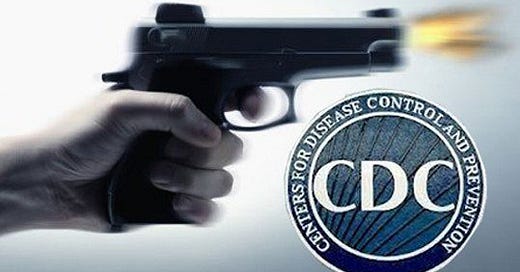



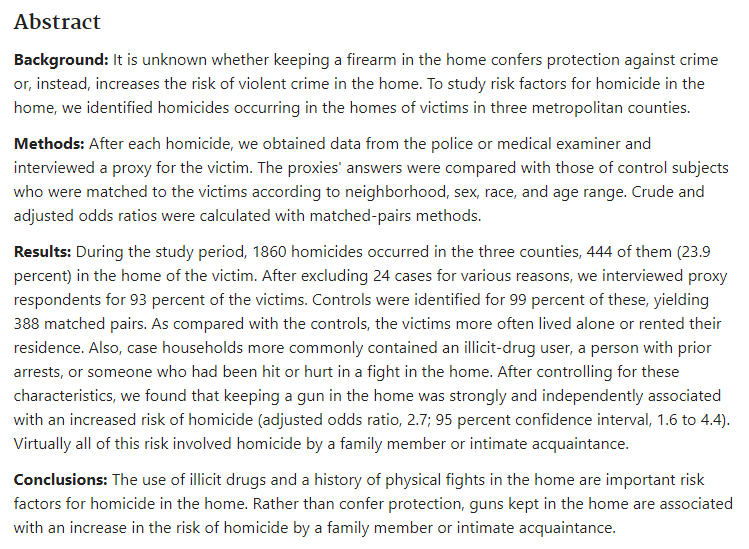

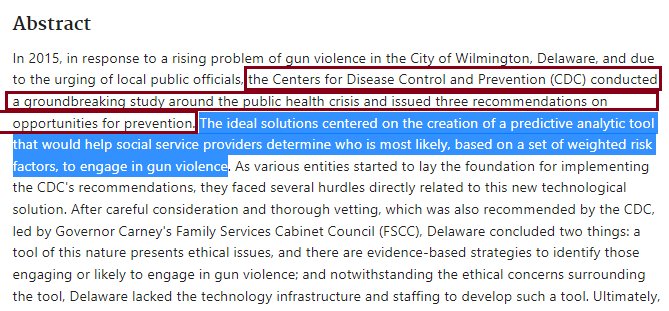
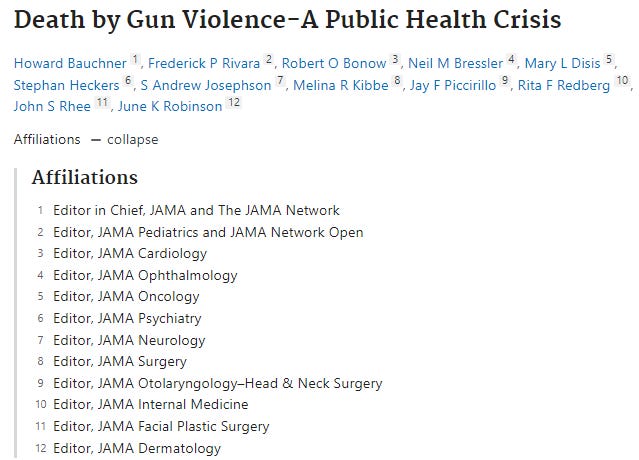
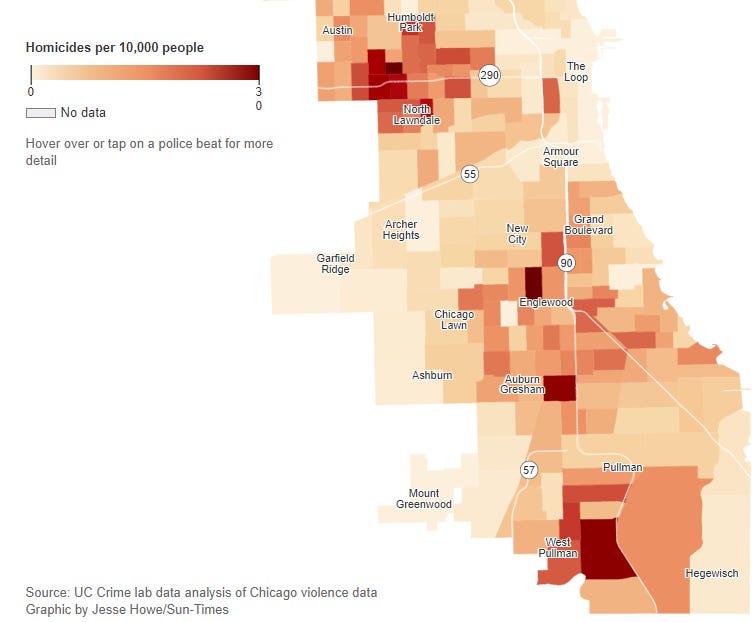
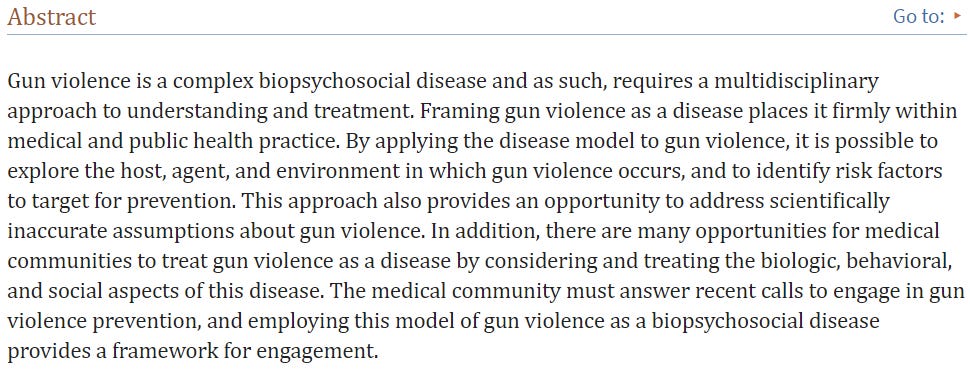
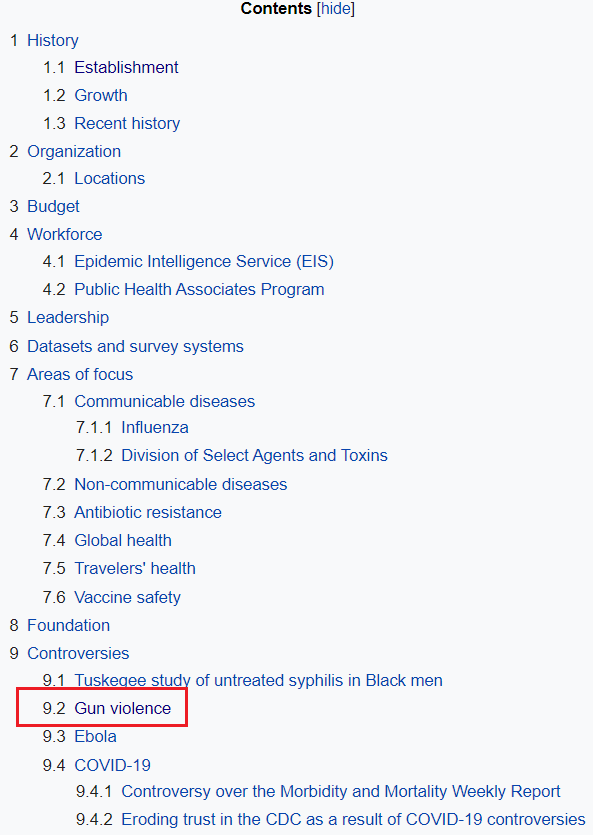
Sorry, have to disagree.
1A protects corruption.
2A kills.
2A is militarization, not civilization.
Intruder may have a handgun. So you have to own an AR-15?
Intruder may bring AR-15. So you have to buy a grenade launcher?
Where does this arms race end? Arms protected by 2A include, nuclear, biological weapons? Open carry anthrax powder, ok?
Doctors kill with their vaccines. But on guns they are surprisingly on the right side. They seem to recognize carnage only when it is non-iatrogenic ...
Nearly $2 Billion more for Ukraine.
While babies, seniors, and low income can't get food.
The United States Contributes $1.3 Billion to Support the Government of Ukraine | Press Release | U.S. Agency for International Development
https://www.usaid.gov/news-information/press-releases/jun-30-2022-united-states-contributes-13-billion-support-government-ukraine